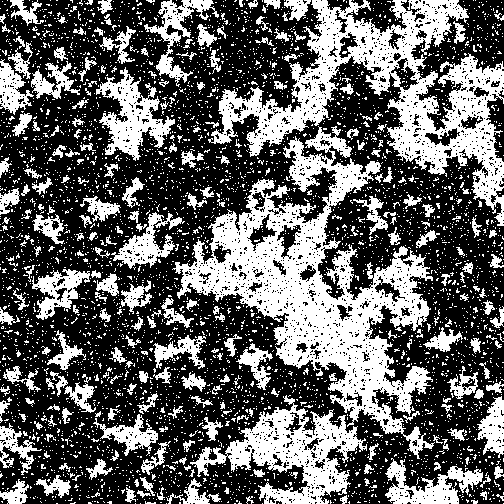Split the difference
 Suppose that the free energy of a system is described by
where
is the temperature, and
represents some property of the system, such as its overall magnetization. As
rises and falls, but does not cross
, the allowed physical value(s) of
,
change somewhat (see Assumptions).
Suppose that the free energy of a system is described by
where
is the temperature, and
represents some property of the system, such as its overall magnetization. As
rises and falls, but does not cross
, the allowed physical value(s) of
,
change somewhat (see Assumptions).
When crosses , however, there is a qualitative shift in the allowed values of , and the system undergoes a phase transition.
Suppose we're working with the system at a temperature below such that , find .
Assumptions
- The system always resides in states which minimize its free energy. These are the "physical" states of the system.
The answer is 4.47214.
This section requires Javascript.
You are seeing this because something didn't load right. We suggest you, (a) try
refreshing the page, (b) enabling javascript if it is disabled on your browser and,
finally, (c)
loading the
non-javascript version of this page
. We're sorry about the hassle.
F = 4 m 4 − 1 0 m 2 , f o r c r i t i c a l v a l u e , d m d F = 0 ⇒ m 3 − 2 0 m = 0 ⇒ m = 4 . 4 7 2 1 3 5 9 5 5 ( a s m > 0 )